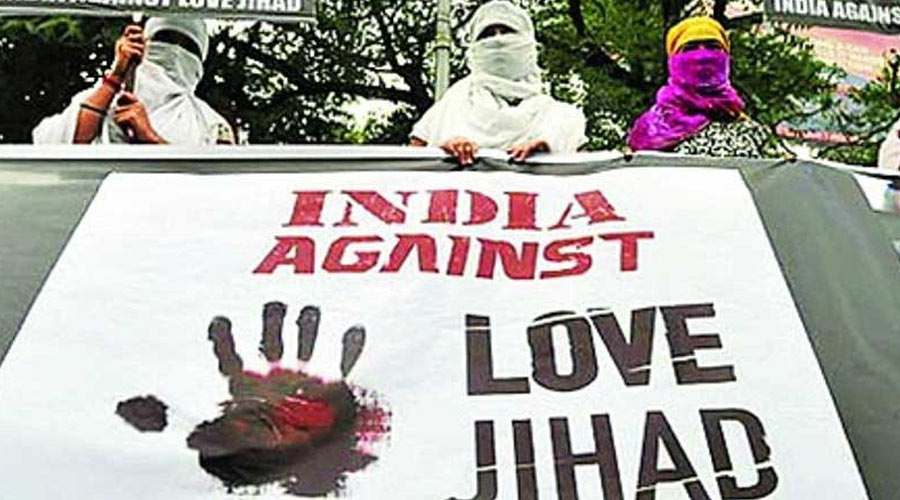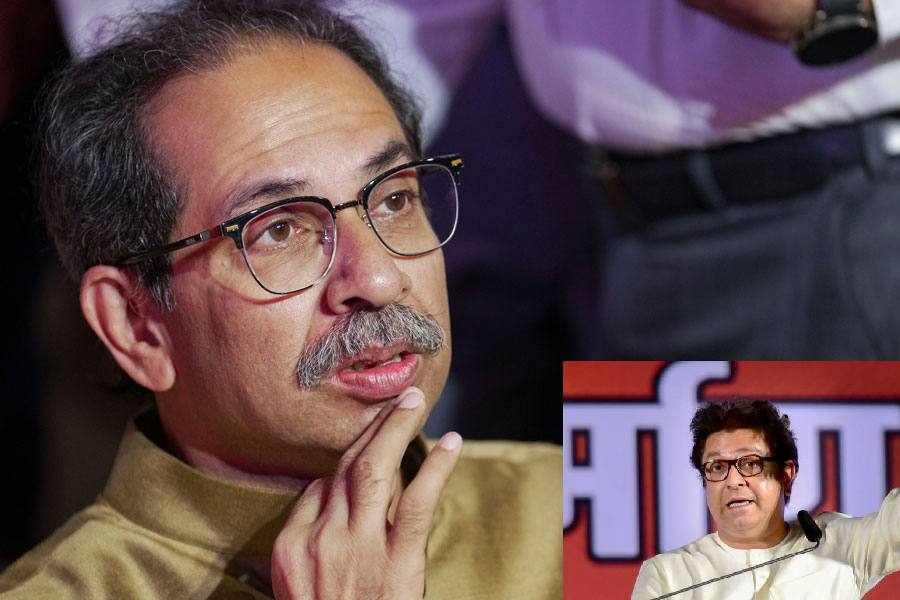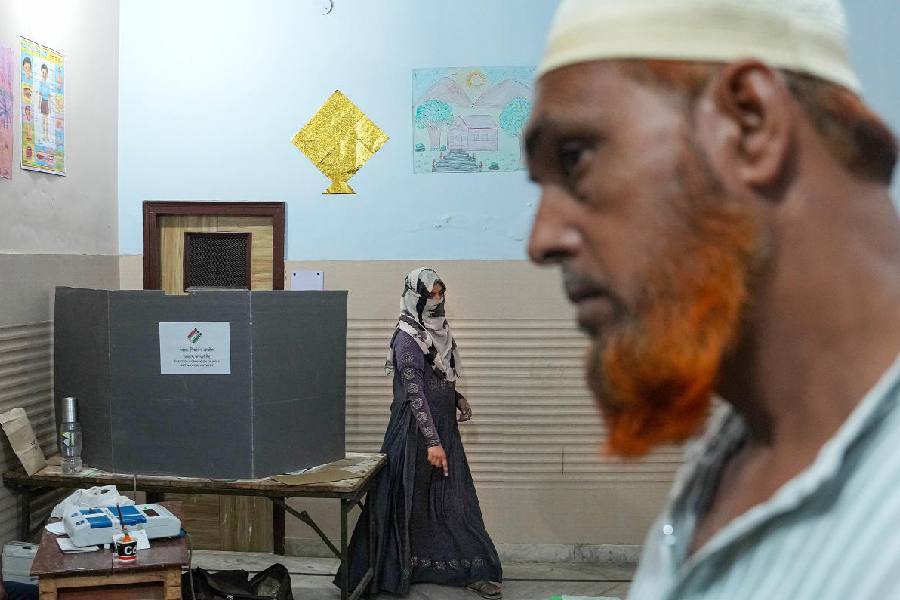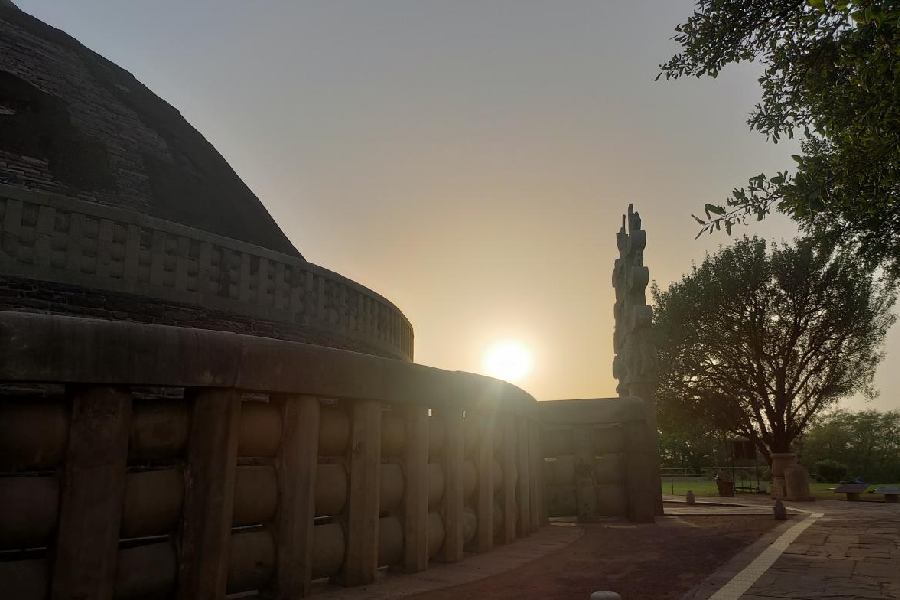According to Joseph Kallarangatt, the Catholic bishop of Pala, Muslims in Kerala are pursuing a sinister plot against his flock. They make matrimonial forays and narcotic infiltrations into the fold and lure gullible youths to their doom. A senior priest, Roy Kannanchira, also alleged that nine Catholic girls were lured away by Ezhava ‘enemies’, especially trained for the purpose. This invited a searing rebuff from Vellappally Natesan of the Ezhava community. Unnerved, the priest withdrew his allegation and apologized. Another priest spewed communal poison against the Muslims in the chapel of a convent in Kuravilangad. Four nuns boycotted the proceedings in protest.
Kannanchira’s apology can mean only this: the alleged ‘love jihad’ against Catholic youth is a spectre of Kallarangatt’s subjectivity. It undermines the credibility of the bishop’s charges. Why does the bishop stand firm while the priest becomes apologetic in an identical situation? There is only one explanation for this. It is counterproductive to provoke the Ezhavas, whereas it is profitable to bait the sorely besieged Muslims.
This view is reinforced by the striking similarity between the strategy of the Catholic Church in Kerala and that of the sangh parivar nationally. Both need the Muslim community as a hate object. The bishop’s ‘narcotics jihad’ allegation is shrewdly timed. The capture of Afghanistan by the Taliban, the most-feared hybrid of terrorism and narcotics, provides the ideal moment to raise the spectre of a ‘narcotics jihad’ unleashed by ‘sleeping Muslim terror cells’ in Kerala. In this, the operative mindset is that of the sangh parivar. Whether the Pala bishop plagiarized it opportunely or was tutored in it by an interested party remains to be settled.
It is easy to see why the Syro-Malabar Catholic Church is forced to resort to the ‘religion-is-in-danger’ bogey. It has suffered a series of moral earthquakes. In the Sister Abhaya murder case, a priest and a nun have been proved guilty and condemned to life-long imprisonment. Since that murder, dead bodies of around 20 nuns have been recovered from various convent wells. Major Archbishop George Alencherry is due to undergo trial for alleged fraudulent land deals. Bishop Franco Mulakkal, accused of raping a nun, is facing trial. Orchestrated resistance to corruption and venality in the church is gathering momentum. Lay defiance of the church’s authority, unimaginable in the Catholic Church till recently, is becoming the new normal.
The resultant insecurity is aggravated by political and economic factors. Politically, the power-base of the Catholic Church — the Catholics comprise 60 per cent of Christians in Kerala — has been weakened by two factors. First, the shift in the calculus of electoral politics. The Kerala Congress (M), the main plank of the church’s captive vote bank, has split and its backbone has shifted from the Congress-led alliance. The emergence of the Marxists as the domineering political force in Kerala — the party that the Catholic Church dislodged from power in 1958-59 — is not exactly good news for the bishops’ lobby. This also means that Christians no longer vote as directed by the church hierarchy.
On the economic and educational front, the pre-eminence that the church enjoyed in the northern part of Kerala has come under serious challenge from Muslims, who have made significant gains in the last three decades. This is reinforced further by their demographic gains. Muslims are the only community in Kerala to have gained steadily on the population front. They formed 17.5 per cent of Kerala’s population in 1901. The figure rose to 26.56 per cent by 2011. During the same period, Christians grew from 16.3 per cent to 18.3 per cent. It is a widely known secret that the church leaders are keenly mindful of the economic underbelly of demographic shifts. This has been, though unacknowledged, a major determinant in conversion drives as well.
Kerala’s Hindus have registered a steady decline in proportionate terms, falling from 68.5 per cent of the population in 1901 to 54.9 per cent by 2011. This lends teeth to Natesan’s attack on the Christian community for its hypocrisy. Thousands of Hindus — the Ezhavas, in particular — have been, he alleges, lured away from their religious homes.
While church authorities stayed stuck in a past, the state moved on and there is now a climate of awareness wherein uncomfortable questions are bound to be raised. Diversionary tactics like ‘love jihad’ or ‘narcotics jihad’ will not wash anymore.
Valson Thampu is a former principal of St Stephen’s College, Delhi










